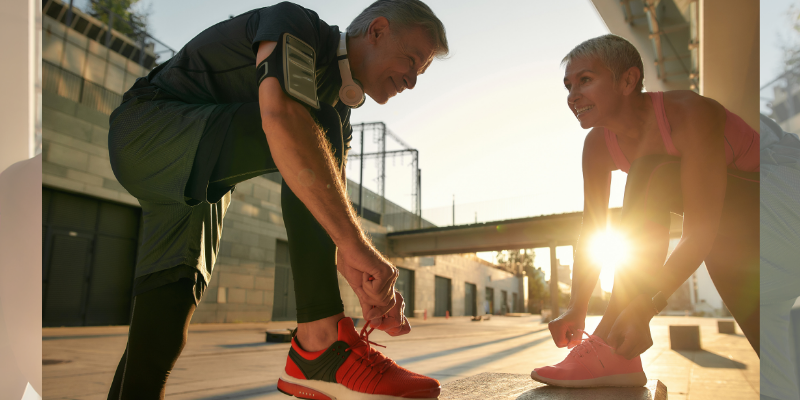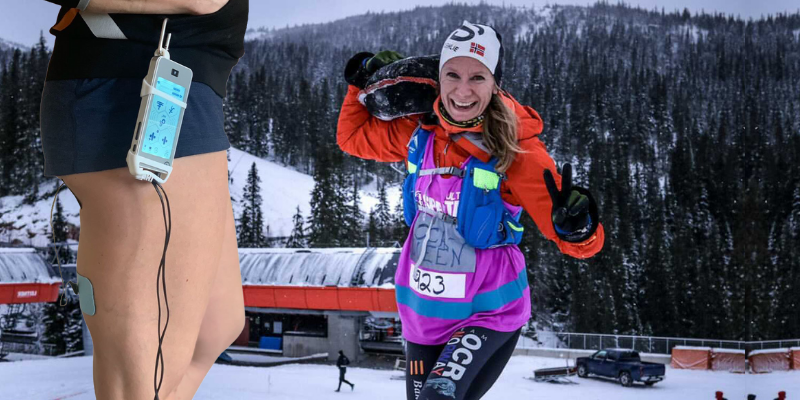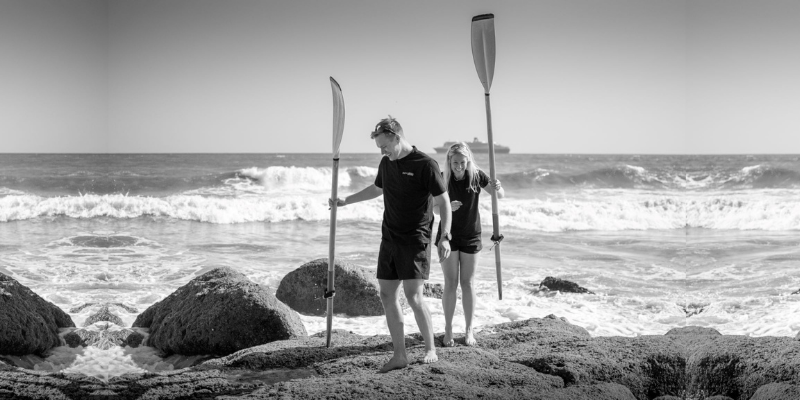states strength and conditioning coach Shaun Gudge - who works with elderly residents in the community and care homes to manage fall prevention, balance and strength.

Shaun’s beliefs are affirmed by other health experts who have linked regular exercise in retirement to improved physical and cognitive health. Exercising regularly improves blood circulation, as well as helping to keep bones and muscles strong. It can also improve a sense of well-being, as well as potentially helping a person’s memory. Shaun explains further:
“As we age, our bodies start to decline and reduce the muscle mass that we have. This is a natural process called sarcopenia. Sarcopenia results in a decrease in mobility and independence, which can lead to increases in the risk of falls, leading to fractures or broken bones."

“With the loss of muscle comes the loss in mobility, stability, strength and stamina. This is why it is so important to stay active in retirement.”
If a person exercised regularly before retirement, there is no reason for them to change their habits. Indeed, they may have more time to stay active. For those people who decide to become more active into retirement, it is fine to start off small, with the aim of exercising regularly.
SHAUN SHARES HIS TOP 5 TIPS TO STAYING FIT IN RETIREMENT
1. Take the first step

“Staying active and fit can be as simple as joining a local sports club, this should be something low impact like - cycling, canoeing, bowls, tai chi or even a walking group with your friends. By joining a sports club or group, you get the social interaction as well as the activity.
“For anyone who is aging and still independent my number one recommendation is tai chi, it will help improve balance, stability and flexibility - keeping you more independent for longer. For the less able, I recommend resistance training, starting with a resistance band you can increase the strength and stability of all joints.
2. Maintain a routine

“Before retirement you probably had a set routine with your work and family life. When you retire this can often go awry or completely out the window. Having regular activities each week can help you rebuild a routine. This could include going for daily walks, choosing active activities, entertaining hobbies or casual work. A lack of routine can lead to anxiety, depression and issues like overeating and weight gain.
3. Keep a balanced diet
"Eating regular meals and maintaining a well-balanced diet is important to staying fit and healthy. Combined with regular exercise, a healthy diet will make you feel better and more likely to continue with your healthy, active regime into retirement.

4. Physical and mental health come hand in hand
“Physical activity has a huge potential to enhance our mental wellbeing. Even a short burst of a 10-minute walk can increase our mental alertness, energy and positive mood. Participation in regular physical activity can increase our self-esteem and can reduce stress and anxiety. It also plays a role in preventing the development of mental health problems, and in improving the quality of life of people experiencing mental health problems.

5. Use bioelectronics for muscle and pain management
“NuroKor devices can help with a range of things. The bioelectrical technology can help increase blood flow, improve muscle stimulation and reduce pain."

"Pain reduction is the biggest factor for the elderly, by reducing pain, they can increase stability and mobility. This makes it easier to get out and about and allows a person’s social life and physical well-being to be improved. Also, if a patient has less pain after using bioelectronics, this will mean less painkillers and opioids are used, which is always a good thing.
“For osteoarthritis specifically, I would recommend a range of the NuroKor products, depending on where the osteoarthritis is located. The mibody is easy to attach and can be a great tool to help with the pain in the joint, such as the knee. I recommend using the mitouch more for chronic pain, and with the four pads you can have a wider application which is helpful for bigger joints or areas of the body.

It is impossible to ignore the evidence which points to the huge benefits of staying active as we get older. Given that our life expectancy at retirement age is 20 to 30 years (or more), it makes sense to strive for the best health possible. As Shaun concludes:
“If we stop moving when we retire, the body has no need to keep muscle so it will break down, reducing the strength of muscles as well as the overall mobility of a person. This is why, as we get older, we must stay active, have a healthy diet and generally look after our bodies.”
Shaun Gudge is a Strength and Conditioning Coach who works with an array of clients, from athletes to the ageing population. Learn more about Shaun on his website and social platforms: Instagram and Twitter.
***
If you liked this blog, you may enjoy our video with MD & NuroKor Investor, Craig Terry. Who is on his way to becoming the fittest 70-year-old in the UK.



